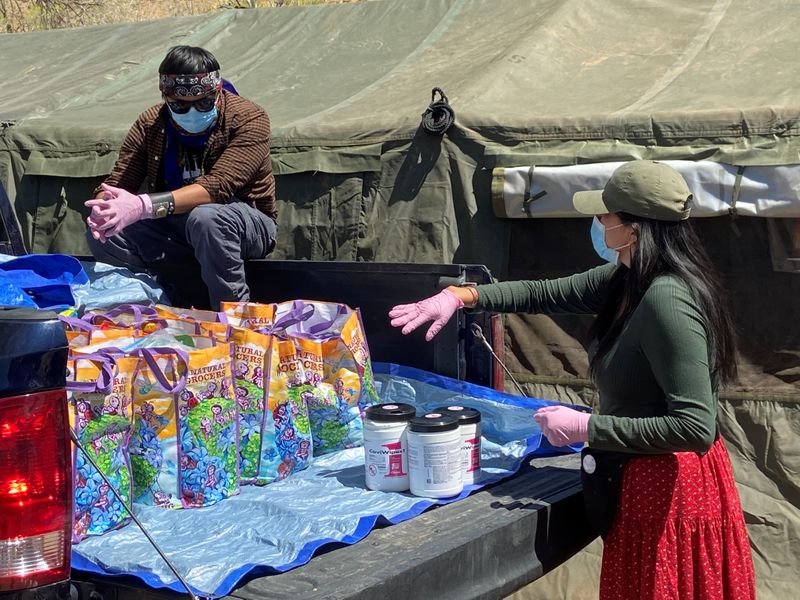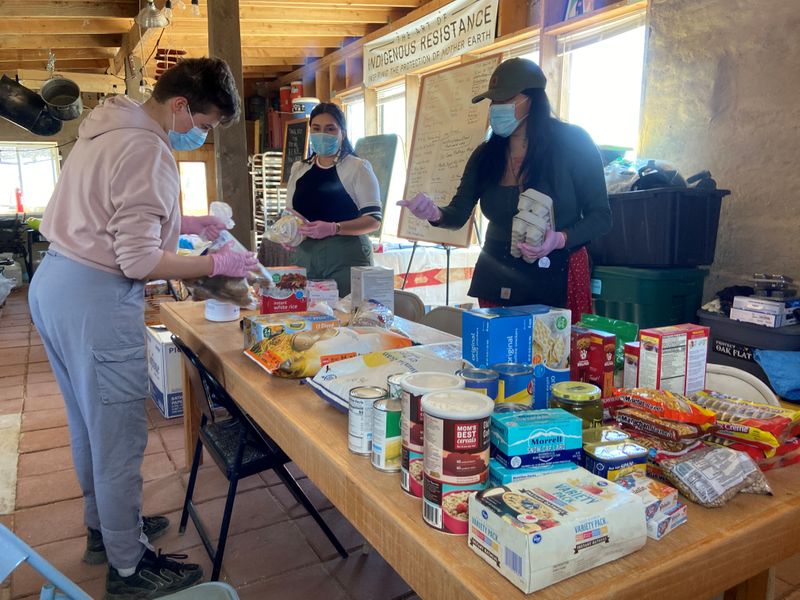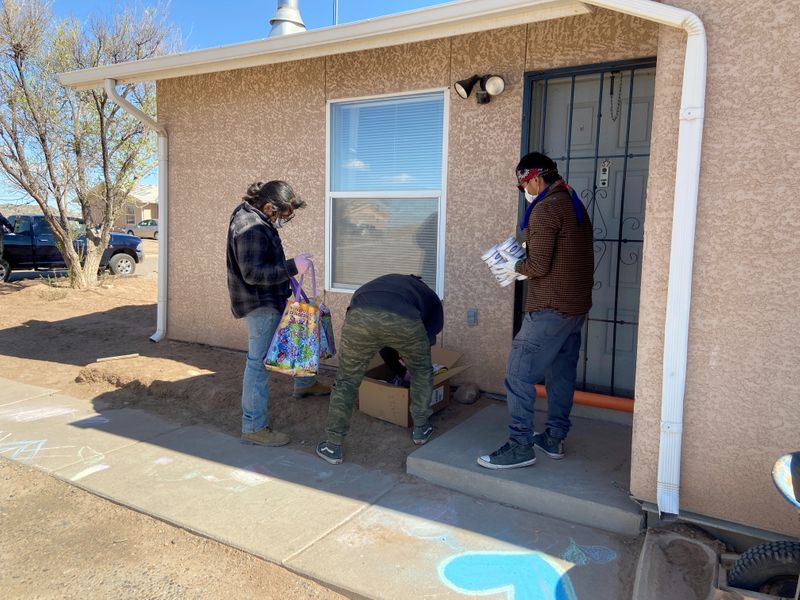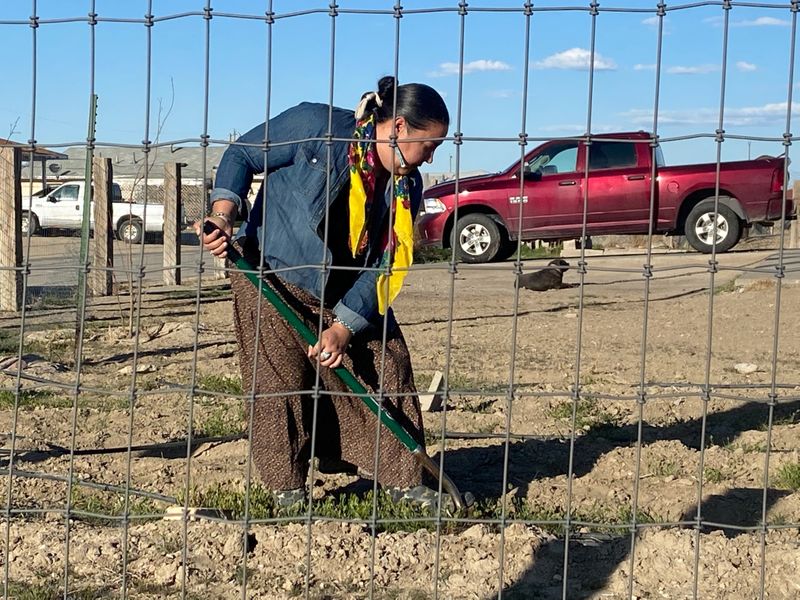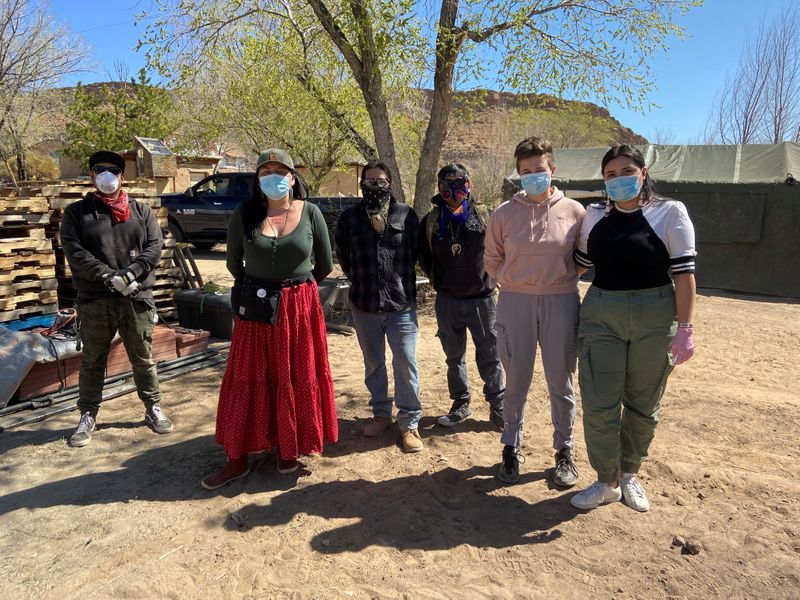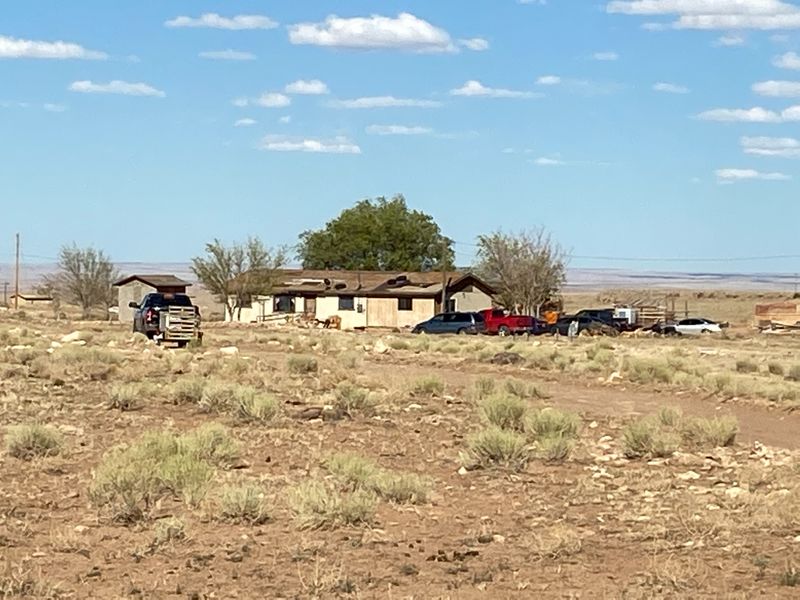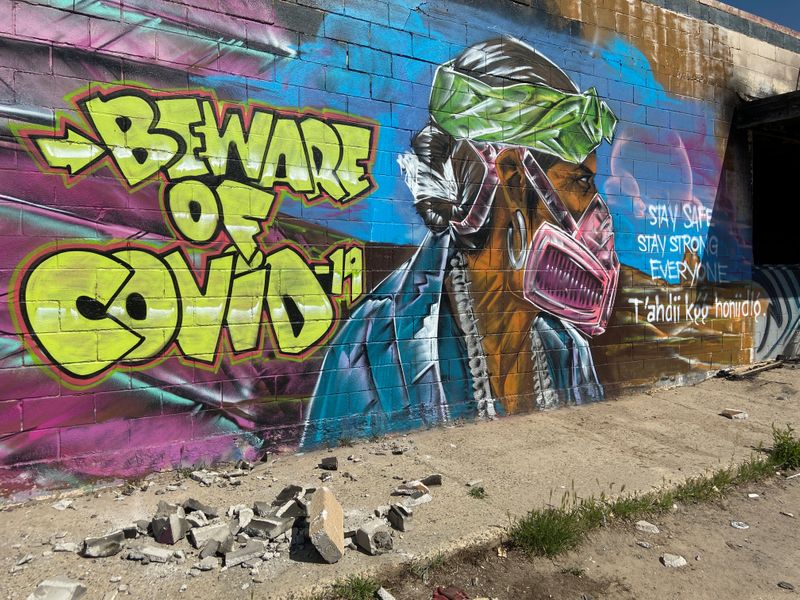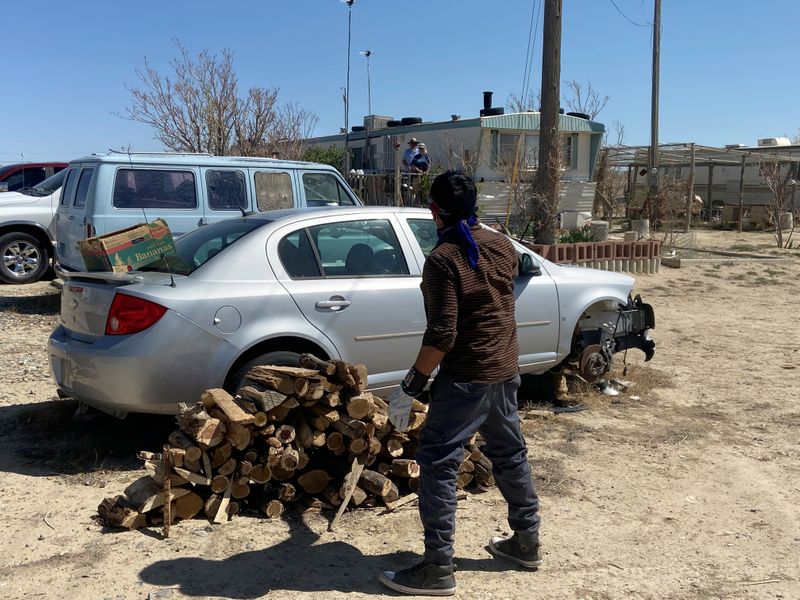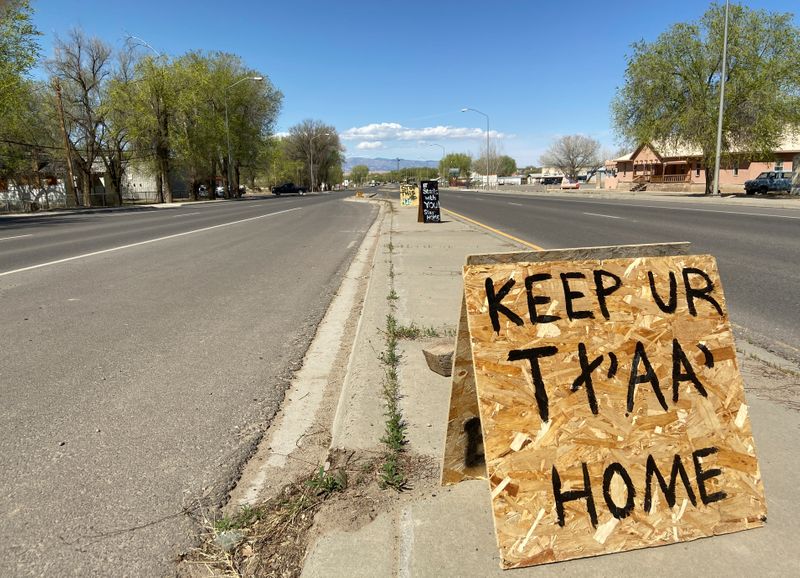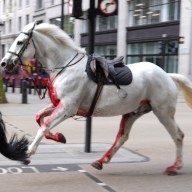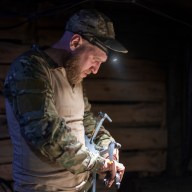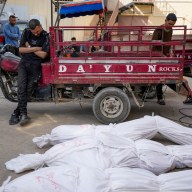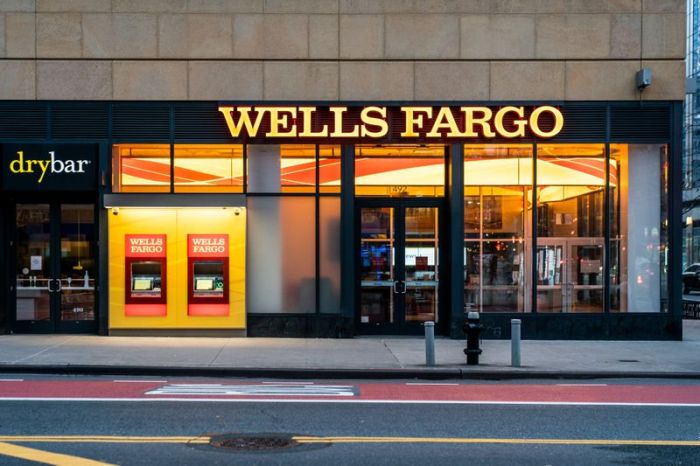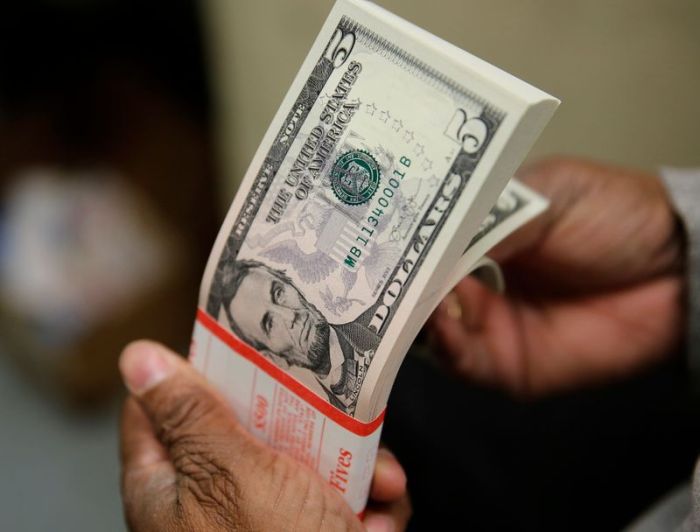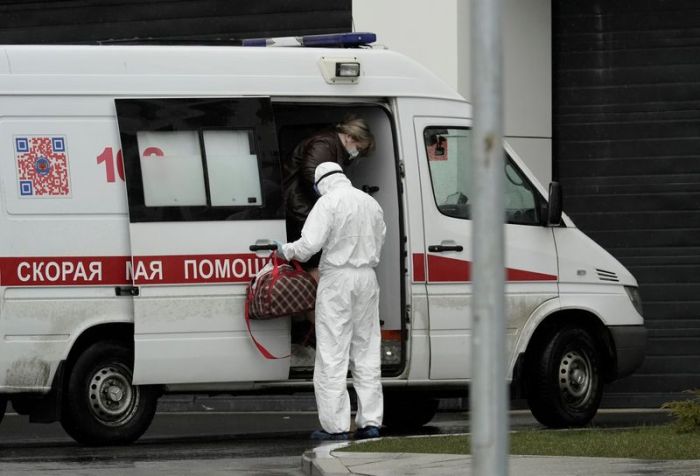SHIPROCK, N.M. (Reuters) – To the sound of birdsong on rolling grassland, a pickup truck crawls up a dirt track to bring firewood and food to a Navajo family of seven whose father died of the coronavirus hours earlier.
Five young relief workers, wearing masks and gloves, unload the provisions at the door for the now quarantined family. It is the first death the mostly female volunteers said they had been called to in this northern area of the nation, the largest Native American reservation in the United States. The family, who live on the plains south of Shiprock, asked that their names and location not be used.
Like African-Americans and Hispanics in the United States, Navajos are suffering a disproportionately high rate of coronavirus fatalities, twice the national per capita rate, according to Navajo Department of Health data.
The tribe, who refer to themselves as the Diné, has high rates of diabetes, heart disease and obesity – underlying conditions that increase risk of severe complications from COVID-19, according to the U.S. Centers for Disease Control.
Several leaders interviewed by Reuters in the traditionally matriarchal society say they are trying to support a growing number of families quarantined in their homes.
“This is what we’re here for, as young people, to be able to sacrifice ourselves, sacrifice our well-being, so that more people don’t get sick,” said Kim Smith, 36, who drives the group’s blue Dodge Ram pickup truck and runs the relief operation from a farm in Hogback, New Mexico.
The pandemic has shown stark inequalities in healthcare, housing and basic services between the Navajo Nation and the states of New Mexico, Utah and Arizona, which it straddles, according to six tribal leaders interviewed by Reuters.
COVID-19 fatalities on the reservation last week overtook those recorded in the entire state of New Mexico, according to health authority figures. As of April 11, there had been 24 deaths on the reservation and 20 in New Mexico, which has more than 10 times the population.
Navajo authorities have set curfews, asked the federal government for field hospitals, and transported COVID-19 patients to neighboring states for critical care, given a lack of ventilators.
“It’s just shedding light on the disparities that have already existed and also the lack of federal funding to meet demand for health needs,” said Navajo Council Delegate Amber Kanazbah Crotty, as she stayed home and worked her land in the village of Sheep Springs, New Mexico, around 45 miles (72 km) south of Shiprock.
The Bureau of Indian Affairs, the federal government agency which provides basic services to Native Americans, did not respond to repeated requests for comment about the federal response to the coronavirus outbreak in the Navajo Nation.
Navajo Nation President Jonathan Nez, who has criticized the pace and scale of the federal response to the coronavirus, said on Saturday rapid test kits from Abbott Laboratories would soon become available at Indian Health Service (IHS) and tribal clinics.
Dr. Deborah Birx, coronavirus response coordinator for the White House taskforce, told reporters April 2 that IHS clinics would be among the first locations to get the kits as they had some of the least access to testing in the country.
RUNNING OUT OF FOOD
The Navajo Epidemiology Center says the close proximity of families living in homesteads or public housing has driven community spread.
Another factor is travel.
As big as West Virginia, the reservation has only 13 small grocery stores and around 40% unemployment.
That forces residents to drive hundreds of miles to cities such as Farmington, New Mexico or Phoenix, Arizona for supplies and work.
One member’s travel can infect an entire family, Navajo leaders warn.
“In a household with multi-generational families, grandmas and grandpas, first it’s you and then it’s your children and older children, and multiple generations are being hit,” Crotty said.
Seeing quarantined families running out of food, former Navajo Nation Attorney General Ethel Branch set up a GoFundMe page. The Navajo & Hopi Families COVID-19 Relief Fund has raised over $600,000 and helped more than 850 families.
The fund reimburses groups like Smith’s for supplies they take to families.
Fearing for the lives of elders who carry the Navajo language and traditions, 19-year-old Matthew Duncan put up signs on the highway from Shiprock to Farmington urging Navajos to “KEEP YR Tt’AA’ AT HOME.” Tt’AA’ means “butt” in Navajo.
“Our population of Native Americans is very low, and if this continues, our numbers are going to drop even more,” said Duncan, an Arizona State University student, as cars drove by and honked their horns.
Back at the homestead below the Chuska Mountains, the family must sanitize their home, learn how to isolate, and follow Navajo tradition not to speak of the dead father for four days to allow his spirit to pass on uninterrupted. The father, in his forties, died in a Farmington hospital.
Asked if she feared for her own health, Smith said she participated in a ceremony before starting work and believed she was protected by ancestors and holy people.
“Our ancestors sacrificed so much more for us to allow us to continue to be here,” she said.
(Reporting by Andrew Hay in Shiprock, New Mexico; Editing by Bill Tarrant and Rosalba O’Brien)

